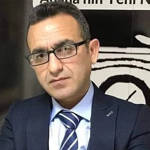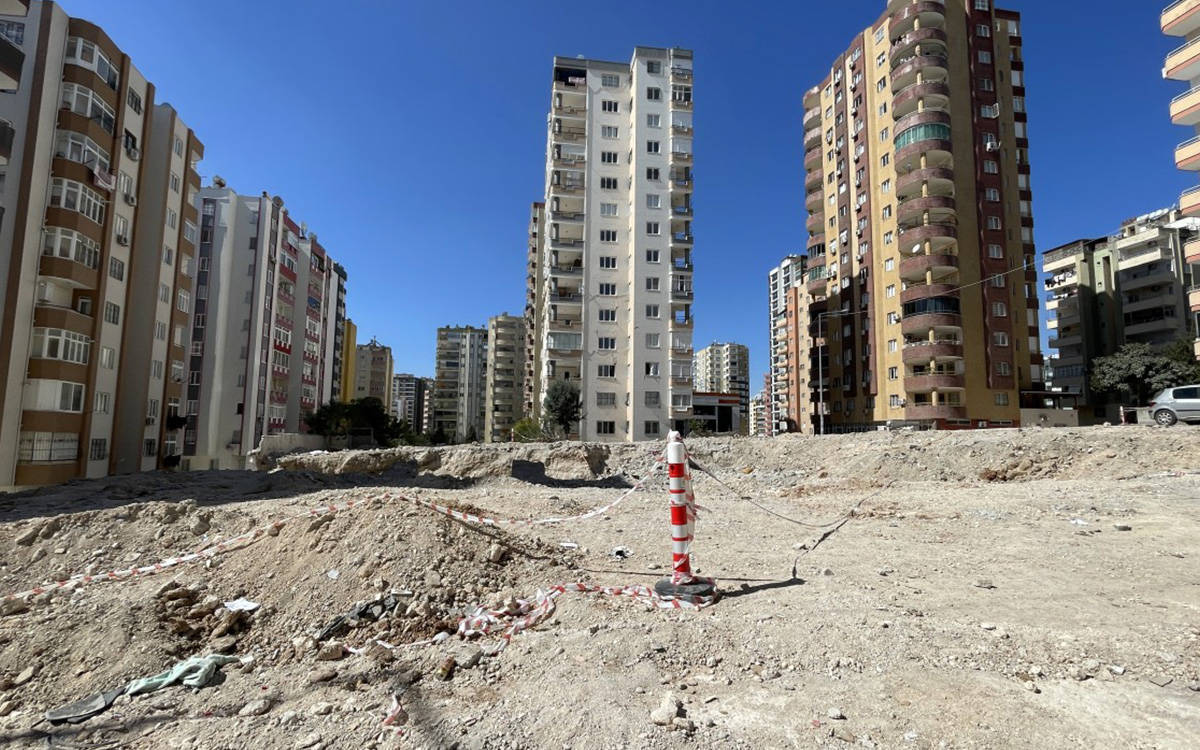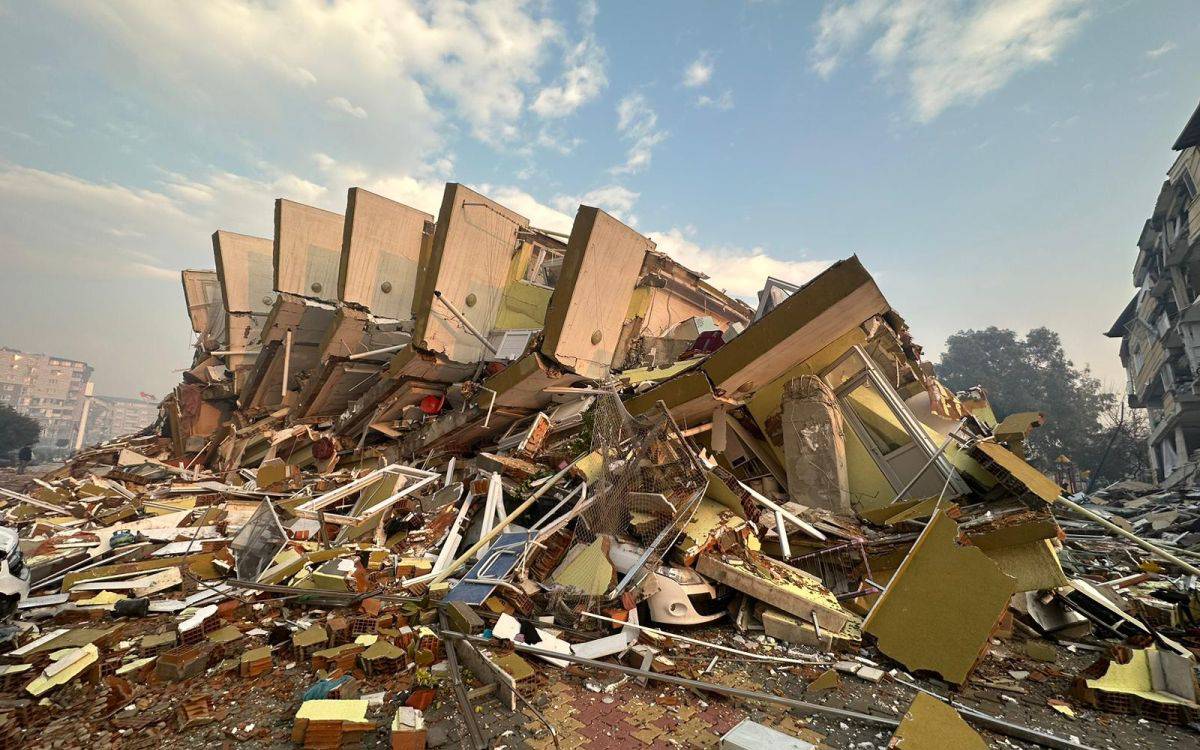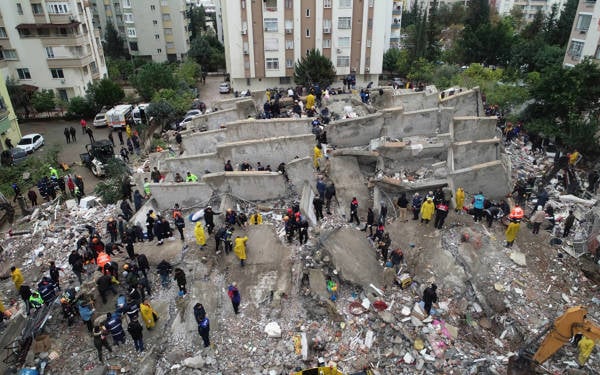In Adana, shopping malls, vehicle inspection stations, businesses, and residences have been built, and the construction of new ones is ongoing, all on first-class agricultural lands in the last 25 years. According to experts, the buildings most affected by the earthquakes on February 6 in the city were those constructed on agricultural lands.
"The punishment for the government's desire to open up agricultural lands for construction, allow construction in riverbeds, and build airports and hospitals on first-class agricultural lands is being borne by our country and our people," Republican People's Party (CHP) Adana Deputy and agricultural engineer Ayhan Barut said.
In a written statement to bianet, Barut expressed their rejection of policies driven by exploitation and profit, saying:
"We have lost tens of thousands of our citizens in earthquakes. Our people have disappeared in floods. Those who do not prioritize earthquake-resistant construction, those who open riverbeds to construction, those who allow irregular urbanization, those who prioritize profit over science, do they have a clear conscience? We highly doubt it. We want a more livable world, Turkey, and Adana."
“Agricultural areas are alluvial soil”
Mehmet Tatar, the President of the Chamber of Geological Engineers Adana Branch, emphasizes that a significant majority of the buildings that suffered severe damage in the February 6 earthquakes were constructed in riverbeds.
In Adana, where 454 people lost their lives, especially in the Sarıçam district, Tatar states that many severely damaged buildings are built on riverbeds or agricultural areas. He said, "In Çukurova, some of the buildings severely damaged are built on riverbeds. In Seyhan, there are structures built on agricultural areas. Agricultural areas are alluvial soil. We refer to it as weak ground. These areas pose a significant risk due to high groundwater levels."
“There should be no construction in riverbeds”
Ahmet Uncu, the Secretary of the Chamber of Civil Engineers also emphasized the 'high risk' of buildings constructed on riverbeds and agricultural lands due to potential earthquakes.
Uncu stated, "Firstly, the cost of constructing a building in a riverbed is higher, and it is constantly at risk of flooding. One should absolutely avoid building near rivers because the river reclaims its property."
Agricultural lands opened up for construction
On Teachers Boulevard in Yeni Mahalle, expansion works continue for M1 Adana, the city's major shopping mall, on red, alluvial, and first-class clayey soil. In the 2000s, these fertile lands, destroyed for the sake of profit, used to yield crops three times a year.
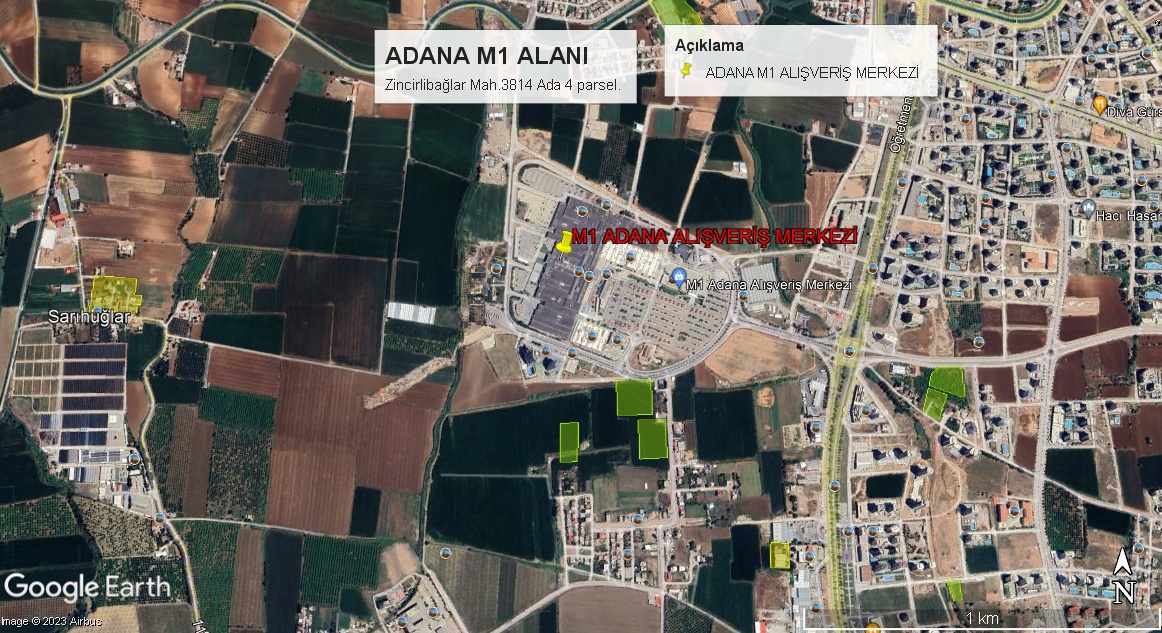
A vehicle inspection station was established on agricultural land in the Küçükdikili Neighborhood, located in the Seyhan district, despite the unfinished legal process. The TÜVTÜRK vehicle inspection station, situated on parcel number 1159, was opened on November 28, 2008. Despite being located on absolute agricultural land and operating without a permit, the unauthorized and encroaching TÜVTÜRK station continued its operations despite the demolition order and the injunction decision taken following the action taken by the Chamber of Agricultural Engineers.
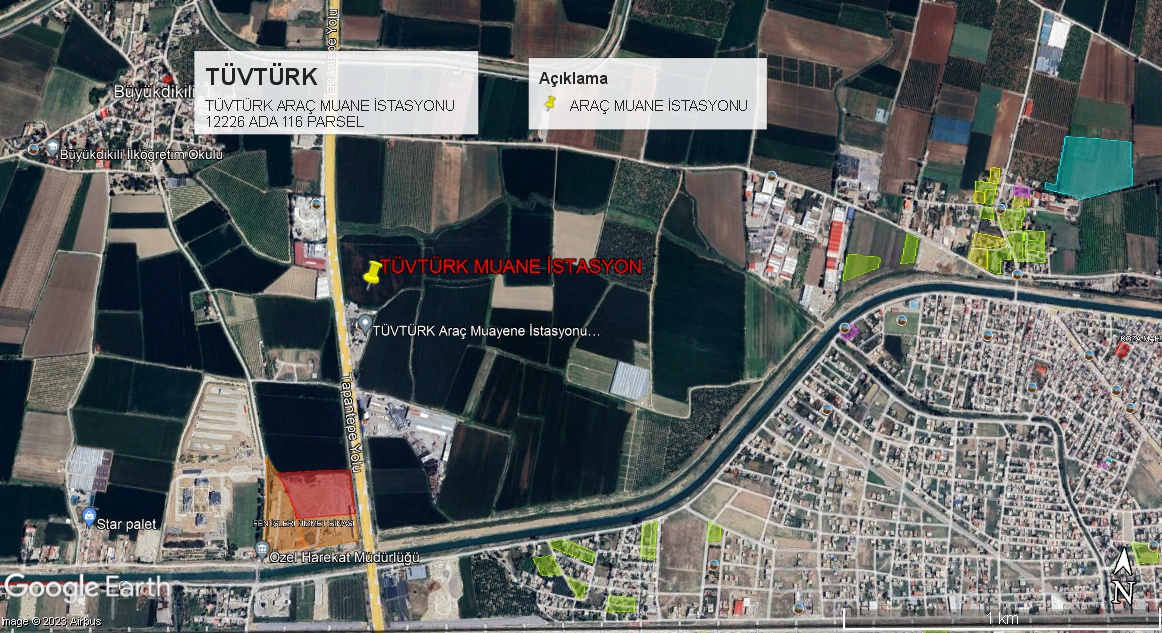
The area located in the city center known as the 'RTÜK land' was initially sold as a 'public service area' and later converted into a 'private healthcare facility.' The change in function, carried out in the Adana Metropolitan Municipality Council, eliminated the public interest. The RTÜK land was officially sold through an auction in January 2021, marking the disappearance of another open space in the heart of the city. (RTÜK: Radio Television Supreme Board)
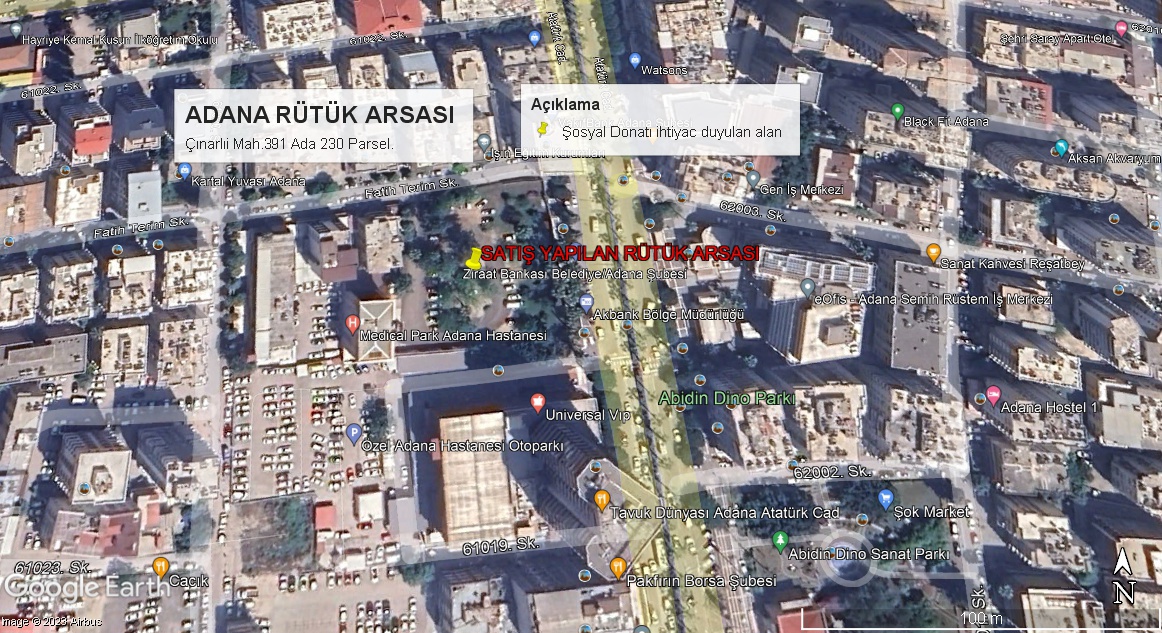
The Çamlıca lands, which have been the subject of profit discussions for 30 years and are known as the "lungs of Adana," have also been opened for construction by being declared an urban transformation area. The first foundation for luxury complexes to be built on the Çamlıca lands was laid in August this year. The 180-acre green area located on the banks of the Seyhan River is currently being visibly destroyed.
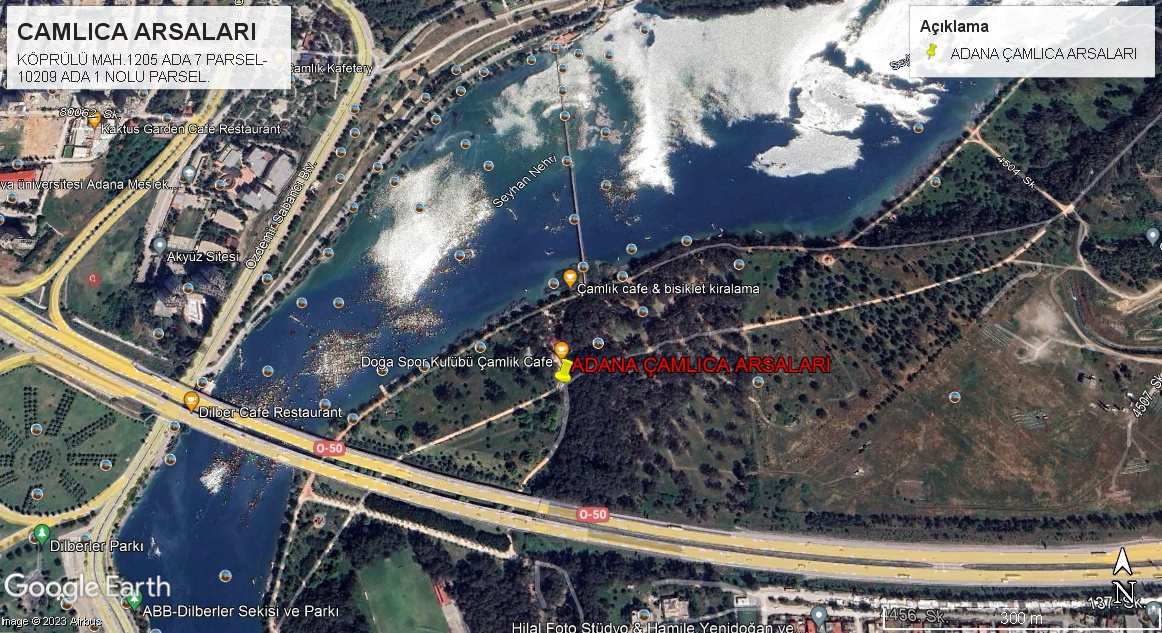
(MY/VC/PE)
This news/article is published within the scope of the "Election Period Right Journalism" project, conducted in collaboration with IPS Communication Foundation, Reporters Without Borders (RSF), and Oslo Metropolitan University (Center for Journalism and Media Studies, JMIC). The content of the news/articles does not necessarily reflect the views of Oslo Metropolitan University and Reporters Without Borders.




